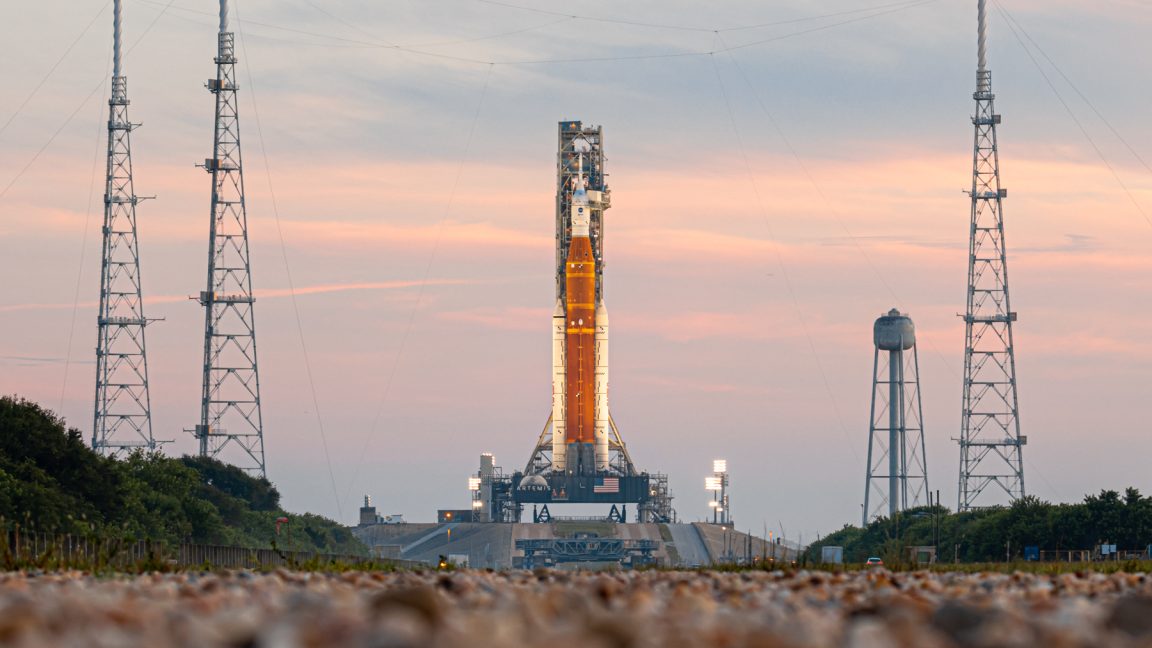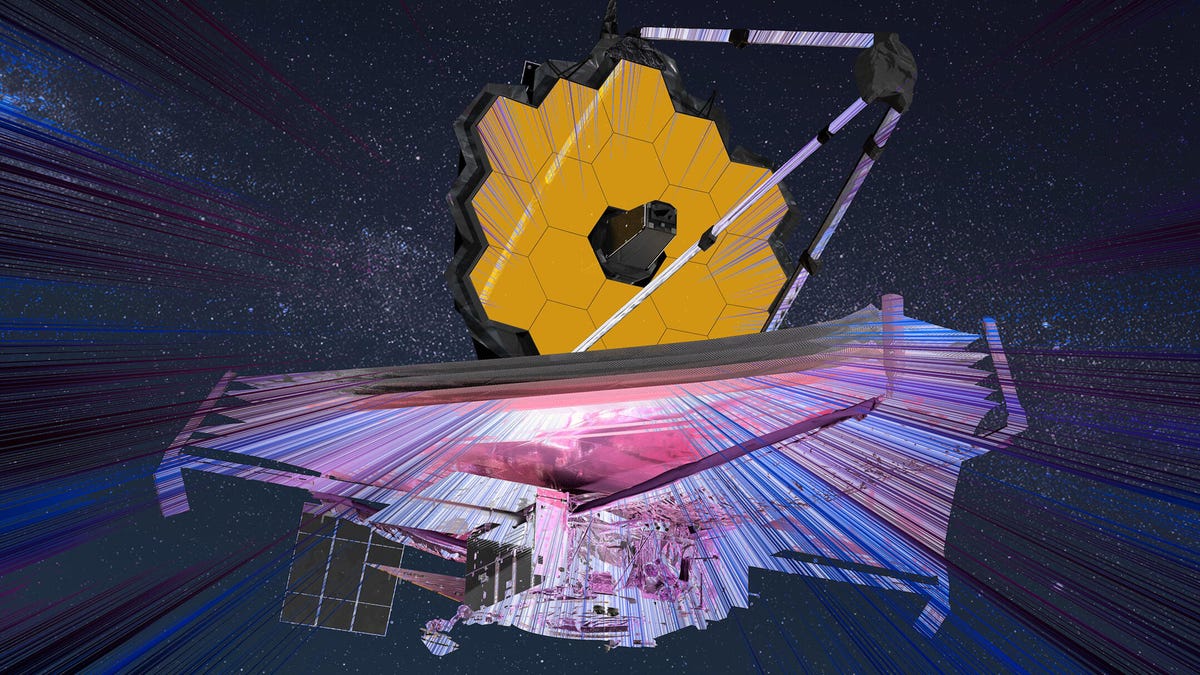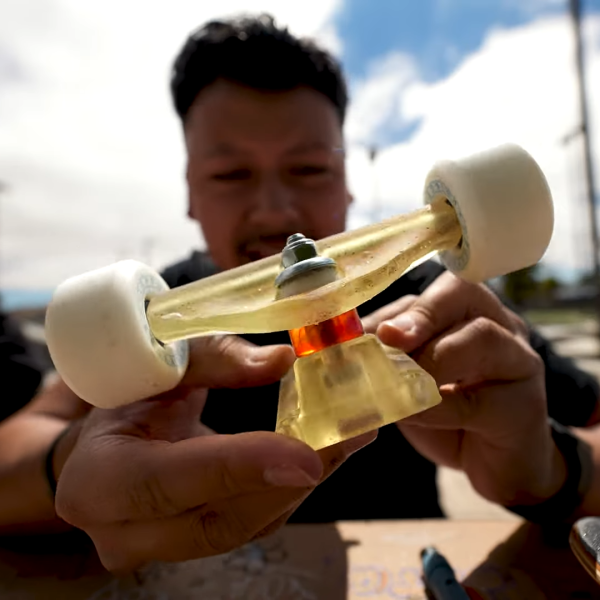NASA will take another stab at getting Artemis one off the pad this Saturday.
From the article: “It was not immediately clear from Tuesday’s news conference what the implications of launching with a warmer-than-normal main engine would be. From a physics standpoint, igniting super-chilled propellants in a warmer-than-anticipated engine would likely severely damage the RS-25 engine’s turbopump, at a minimum. Presumably, therefore, NASA would not launch the SLS rocket without high confidence in its flight rationale.”
So, we’ll see…
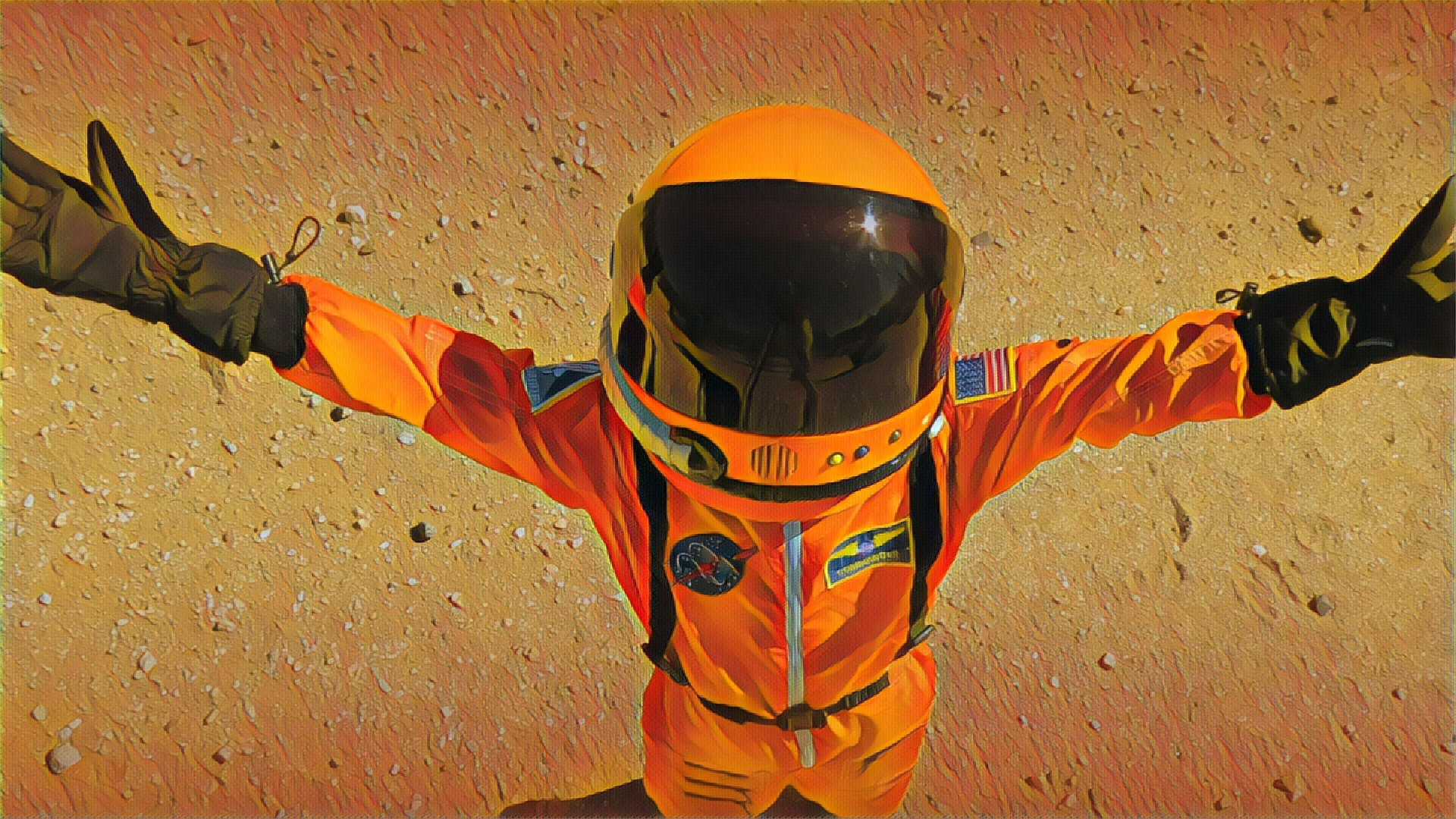


 Ars Technica
Ars Technica 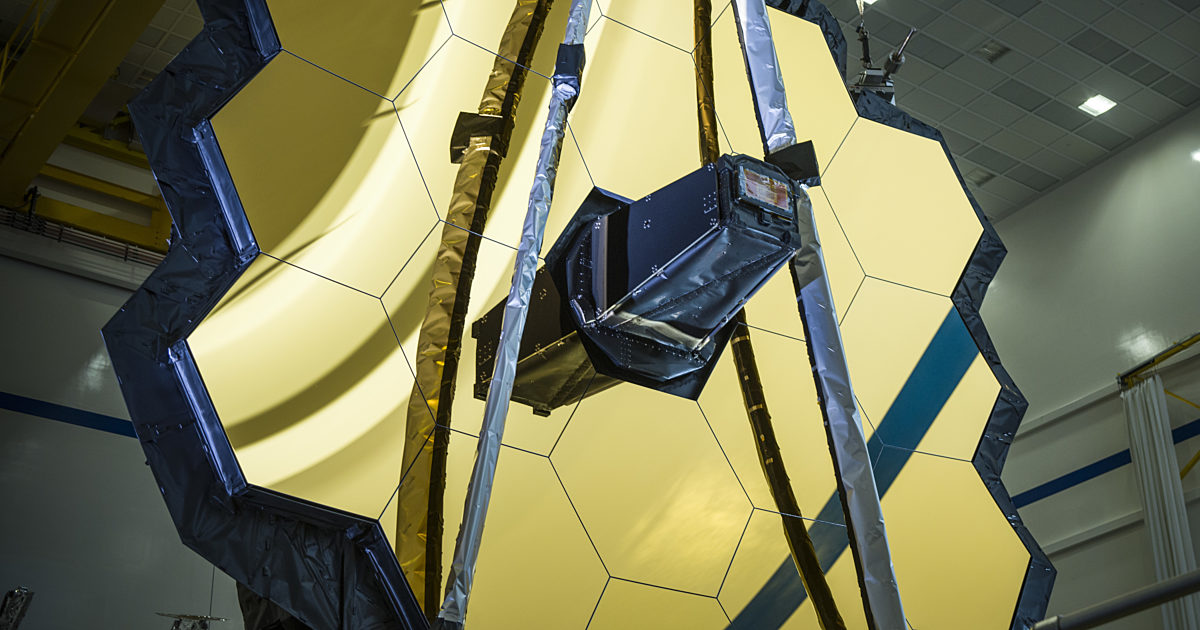
 The Planetary Society
The Planetary Society 
